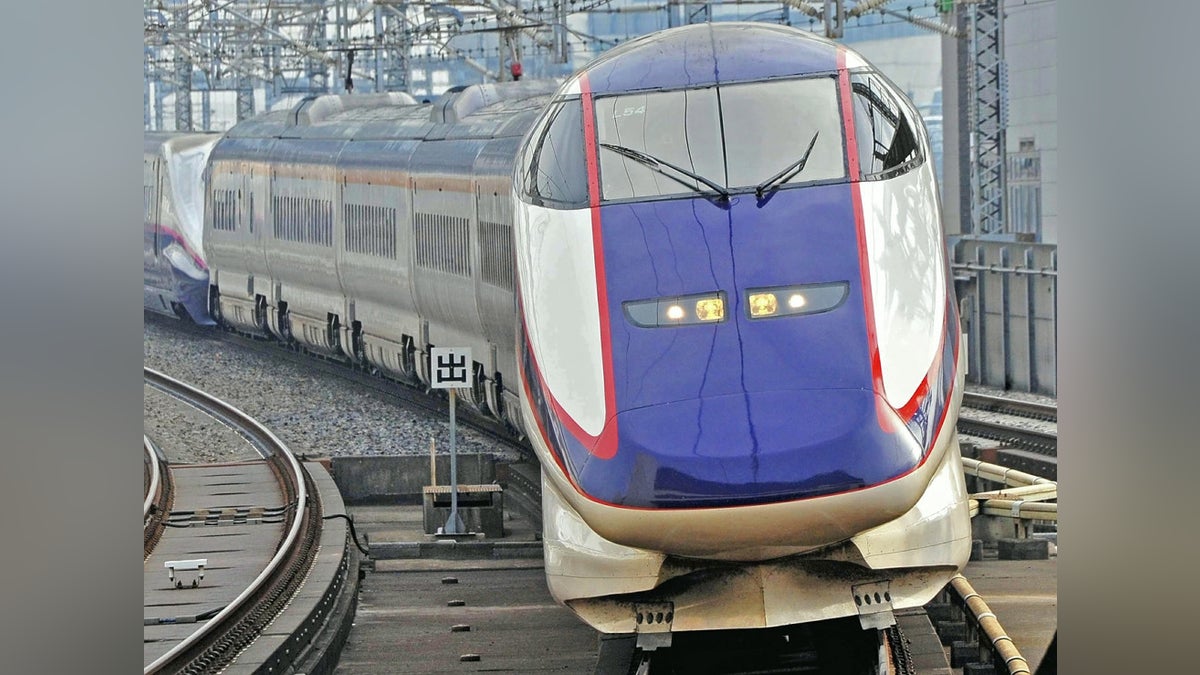JR Yamagata Shinkansen: Fukushima-Yamagata Line Halt - Impact and Updates
The JR Yamagata Shinkansen line, connecting Fukushima and Yamagata prefectures, has experienced a temporary halt, causing significant disruption to travel plans and raising concerns about regional connectivity. This news article delves into the details of the suspension, its impact, and the latest updates from JR East.
Understanding the Halt: Causes and Duration
The temporary suspension of the Fukushima-Yamagata Shinkansen line is primarily due to unforeseen circumstances. While JR East initially cited technical difficulties, subsequent reports point towards potential damage to the railway infrastructure resulting from recent heavy rainfall and possible landslides in the affected mountainous regions. The exact cause is still under investigation, and JR East is working diligently to assess the extent of the damage. The duration of the service interruption remains uncertain, with official announcements promising updates as the situation develops. Check the official JR East website for the most up-to-date information on service resumption: [Insert Official JR East Website Link Here].
Key Impacts of the Shinkansen Halt:
- Disruption to travel plans: Numerous passengers have had their journeys significantly impacted, facing delays and cancellations. Alternative transportation options are limited, adding to the inconvenience.
- Economic repercussions: The halt affects tourism and business travel between Fukushima and Yamagata prefectures, potentially leading to economic losses for local businesses reliant on Shinkansen connectivity.
- Strain on alternative transportation: The increased demand on alternative transport options like buses and local trains has created overcrowding and further delays.
- Public concern and frustration: The lack of clear communication initially led to public concern and frustration regarding the lack of transparency surrounding the cause and duration of the suspension.
JR East's Response and Recovery Efforts
JR East has acknowledged the inconvenience caused by the suspension and is actively working on repairs. Their response includes:
- Rapid assessment of the damage: Teams of engineers are on-site assessing the damage to the tracks and infrastructure.
- Provision of alternative transportation: JR East is working to provide alternative transportation options, albeit limited, for affected passengers. This includes bus services and coordination with other railway lines.
- Improved communication: JR East has committed to providing more frequent and transparent updates regarding the situation through official channels. This includes their website, press releases, and social media platforms.
- Safety as a priority: The safety of passengers and staff remains the top priority throughout the repair and restoration process.
What Passengers Should Do:
- Check the JR East website regularly: Stay updated on the latest service information and announcements.
- Consider alternative travel plans: If your journey is affected, explore alternative modes of transportation.
- Contact JR East customer service: For assistance with ticket refunds or alternative arrangements. [Insert JR East Customer Service Contact Info Here]
- Stay informed: Follow official news channels for accurate and reliable information.
Long-Term Implications and Future Considerations
This incident highlights the vulnerability of vital transportation infrastructure to natural disasters and unforeseen circumstances. It raises important questions about:
- Infrastructure resilience: The need for robust infrastructure capable of withstanding extreme weather events and other challenges.
- Emergency preparedness: The importance of comprehensive contingency plans to minimize disruptions during unforeseen events.
- Improved communication strategies: The need for clear, timely, and transparent communication during crises.
This disruption serves as a reminder of the critical role of efficient and reliable transportation networks in supporting economic activity and ensuring smooth connectivity within Japan. The ongoing repair efforts and investigations will hopefully lead to improvements in infrastructure and emergency preparedness, minimizing the impact of similar events in the future. We will continue to monitor the situation and provide further updates as they become available.
